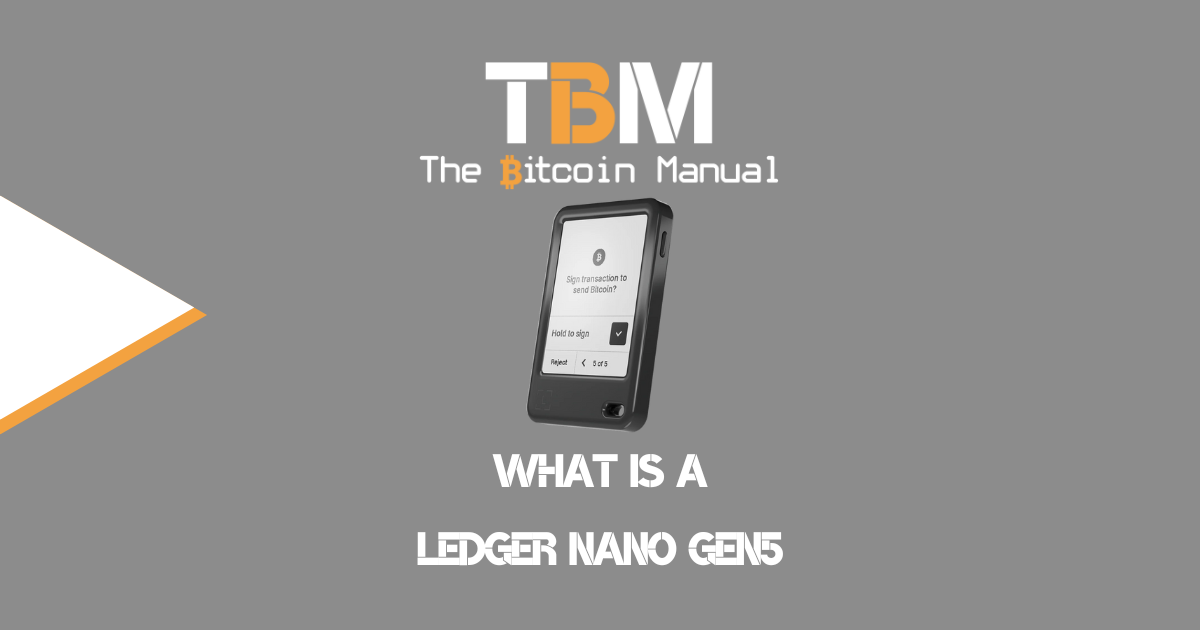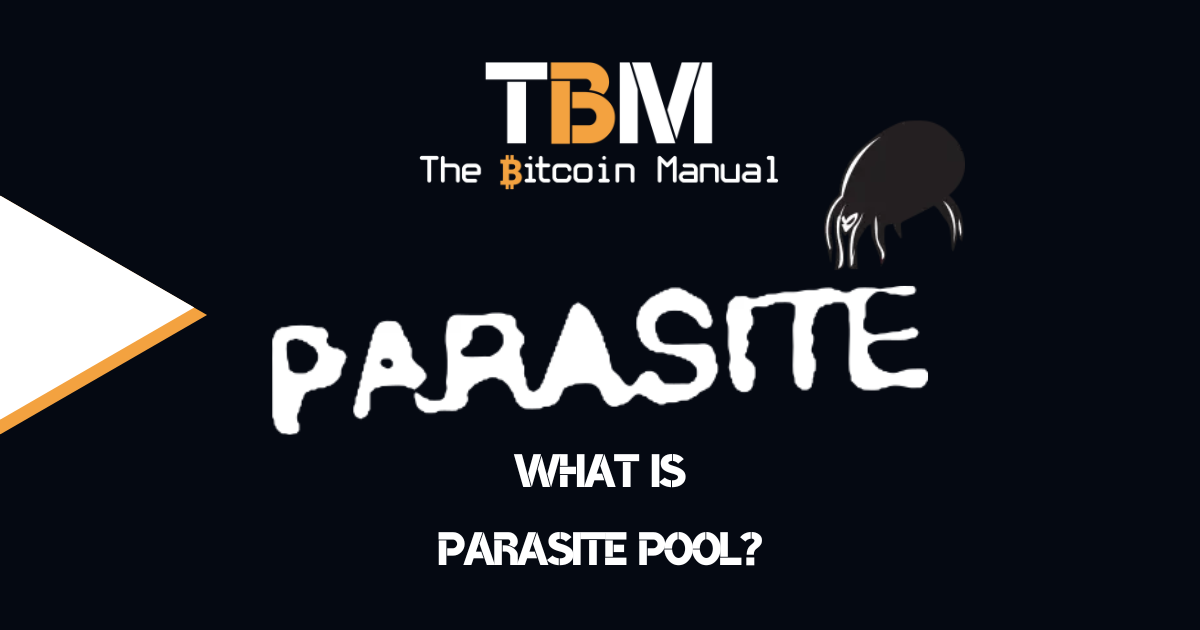The emergence of Ordinals, a protocol that enables the inscription of data directly onto the Bitcoin blockchain, has introduced a new dimension to the Bitcoin ecosystem.
While Ordinals have opened up possibilities for unique non-fungible tokens (NFTs) and other forms of tokens, they have also introduced a new type of exploit or opportunity, depending on how you see it.
Ordinals are created and traded on-chain, meaning all the data is publicly available for anyone to see. Suppose you’re running ordinal indexers and a copy of the mempool. In that case, you can sit and watch it, matching users creating Bitcoin transactions to mint an NFT, an allocation of tokens, or performing a trade and getting a piece of the action.
This form of front-running transactions, or MEV, is now known as ordinal sniping.
What is Ordinal sniping?
Ordinal sniping is a manifestation of Maximum Extractable Value (MEV), a concept that refers to the maximum profit that can be extracted from a block of transactions by strategically reordering them. MEV has become increasingly prevalent on Ethereum and other smart contract blockchains due to its transaction fees, DEX trading, and block reward structure.
The emergence of Ordinals on Bitcoin introduces similar MEV opportunities, particularly for those with the technical expertise and infrastructure to monitor the mempool and execute specific trades.
How does Ordinal sniping work?
Ordinal sniping is a type of front-running attack that exploits the mempool, a holding area for unconfirmed Bitcoin transactions. In Ordinals, sniping involves monitoring the mempool for valuable Ordinal transactions, such as minting rare or highly sought-after Ordinal NFTs and creating an allocation of a new token or trading an NFT or Token allocation with another user.
Once a valuable Ordinal transaction is detected, the ordinal sniper can quickly replace themselves as the payer of the ordinal transaction, modifying the recipient address to their own and slightly increasing the transaction fee.
This manoeuvre increases the likelihood that the miner will select the sniper’s transaction for inclusion in the next block, leaving the original transaction unconfirmed and the sniper with the newly minted Ordinal asset.
We're finally starting to see mempool sniping of Ordinal trades (aka front-running). Here's how it works 👇
— danny huuep (@huuep) November 28, 2023
Most Ordinals marketplaces use PSBTs to do an Ordinal trade. The seller signs an open and partially signed Bitcoin transaction. The buyer than completes it. And the…
OrdiBot the first victim of a for profit sniper
The idea of Ordinal snipping hit the headlines with the launch of OrdiBots, a project by Magic Eden on Bitcoin, a Solana NFT marketplace that pivoted to Ordinals. The minting event for these NFTs was much publicised and drew considerable interest. At the launch of the project, users went ahead, minting their NFTs using the custom interface provided by Magic Eden.
But to their surprise, as blocks were confirmed, users found out that they did not own any OrdiBots, and questions began to circle social media feeds. Later, it was discovered that the project had been the victim of a sniping attack.
Ordibots tweeted that it was trying to collect information on addresses affected by the attack. It apologised and promised to airdrop custom Ordibots to those addresses. Ordibots would also burn the Ordibots “parent” used to generate those NFTs in order to ensure immutability.
A significant moment in Ordinals history has occurred, with Ordibots becoming the first collection impacted by a front-running attack.
— OrdiBots (@OrdiBots) November 29, 2023
As the next step for Ordibots, we have already gathered the addresses affected by mempool sniping. Over the next few days, we will be… https://t.co/u60X06NzWJ pic.twitter.com/I0jHl1pkd6
Snipping’s impact on Ordinal asset trading
MEV on ordinals is not the end of the world; it’s not as if this market for glorified metadata embedded on-chain is catching on outside a niche of degen traders and speculators. Despite a few VC firms throwing a turd at the wall to see if it will stick, no prominent players are coming to ordinals mint STOs or stablecoins on ordinals yet.
So what’s the big deal? So, a few NFT bros and token collectors don’t get their monkey JPEG or allocation of useless tokens. Is this going to affect Bitcoin?
Well, yes and no.
The existence of ordinal sniping and the potential for MEV in Ordinal trading could have several implications for the market:
- Increases in transaction fees: Once a transaction is in the mempool, it’s anybody’s game; the original issuer, the sniper or the sniper of a sniper could all compete with one another for a trade, bumping up fees even further. This will be a pain for anyone who wants to use on-chain transactions, further frustrating those with no interest in ordinals.
- Increased Price Volatility: The ability to snipe valuable Ordinal NFTs could lead to increased price volatility as both genuine buyers and snipers compete for these assets. The fees paid to get your Ordinal NFT or token could translate into the cost these “assets” trade at in their secondary markets.
- Potential Market Manipulation: MEV strategies could be employed to manipulate Ordinal asset prices, artificially inflating or deflating the value of specific assets.
- Reduced Market Access: Smaller traders and individuals without access to MEV tools or infrastructure could be at a disadvantage, potentially reducing participation and liquidity in the Ordinal asset market.
Tooling will improve, and chaos will ensue
The wonderful thing about Bitcoin is that all the data is out in the open; Bitcoins’ transparency through running a node or using a third-party node makes data available to anyone with the time to sit down and make sense of it. Since the launch of ordinals, bots have been scouring the mempool for these transaction types.
At first, it was to generate ordinal explorers, data indexes for service providers and ordinal reporting, which laid the foundation for more complex script execution.
We’ve seen adversarial bots like Sophon use sniping to shut down BRC-20 token minting momentarily before being shut down, and now we’re clearly seeing profit-driven sniping bots join in on the action.
The use case is now out of the bag, and if there is profit to be made, you can be sure others will replicate these bots, launch their own and try to exploit these opportunities. Once the margin for these opportunities looks less attractive, the next phase is likely to sell it to retail with easy-to-use GUIs for executing sniping trades.
Is selfish mining adding to the security budget?
Ordinals advocates always claimed that this additional activity would be great for miners who would receive additional revenue and help maintain the security budget. Ordinals have indeed driven up the average cost of a Bitcoin transaction, and these transaction types have generated considerable fees, so miners aren’t complaining; in fact, they embrace it.
In February of this year, Bitcoin mining firm Luxor acquired OrdinalHub, a platform for trading the Bitcoin-based NFTs that have recently surged in popularity. Miners and ordinals users’ incentives were aligned; miners are willing to spend money to give retail ordinal toolkits and hope they recoup that and more through fees.
But it doesn’t mean it will always stay that way; miners are constantly looking for profits, and if you see traders and bots sniping considerable profits, why wouldn’t miners themselves join in feeding at the trough?
If these high-value sniping situations continue, a miner could kick everyone else’s transactions out of the block and insert their own and bag that additional income, an action known as selfish mining.
Dealing with MEV in Bitcoin is a whole new ball game
MEV is nothing new in the world of altcoins and tokens; it has plagued smart contract chains like Ethereum for years and has yet to be solved even in these ecosystems, which have had time to try and mitigate these issues.
As for it coming to Bitcoin, it affects us all in terms of the cost per transaction, while the more significant losses that will catch media headlines are restricted to those who wish to speculate in the ordinal secondary market.
Ordinal users and applications must consider their options: do they forge on with MEV hanging over their shoulders as a disruptive force they will always need to deal with, or do they take action to try and reduce its effects?
Trading off-chain
Since snipers cannot steal existing Ordinals inscriptions, these front-running attacks only affect trades (not assets), such as mints or PSBT swaps. One way ordinal users can reduce the impact of MEV is to move towards CEXs and trade these assets without touching the chain but using the exchange as an asset custodian.
This, however, defeats the purpose of Ordinals as a vehicle for issuing and trading unregulated securities. This proposition gets dubious daily, with CEXs coming under fire, fines and stricter regulation.
Transparent Mempool
Building tools to help identify snipers and increase the transparency of these actors’ tactics in the mempool could make it more difficult for snipers to execute these trades. If everyone has guns pointed at each other, and see margins erode due to sniping one another, it could reduce the chances of MEV attacks, but never fully eradicate it.
Coming soon: Mempool Sniping Wars pic.twitter.com/VNjewEgNgZ
— Jerry the Martian (@0xJerry543) November 29, 2023
Migrating ordinals
Another option would be to migrate ordinals activity to another chain like the Liquid side-chain that doesn’t have miners confirming blocks, offers confidential transactions and faster block times, which can limit the effects of MEV but not remove it entirely.
Another option would be to migrate their activity to Taproot assets, a new protocol that transfers assets via the Lightning Network instead, offering cheaper and faster transactions.
The cost of speculation on Bitcoin
The emergence of Ordinals and the associated MEV opportunities have introduced new challenges and considerations for Ordinal asset trading, which could increase the cost to operate in these markets, reduce retail participation, and limit the number of trades that occur.
Quant trading tactics from traditional finance are now coming to Bitcoin, which brings in additional liquidity, as these firms happily pay fees to try to take advantage of these trading opportunities. As firms gobble up profits, they leave suckers on the other side holding the bag. The more individual traders they wreck along the way, the more they make ordinals unattractive.
If MEV tactics continue to run riot on ordinal trades, it could discourage trading, development and use of the ordinals protocol, stopping this market dead in its tracks. There would always be a cost to speculate with tokens on Bitcoin, and as that cost rises, we’ll see if this market can sustain itself.
Unlike altcoin chains, there is no chance of the Bitcoin blockchain changing anything to accommodate ordinal users, and they will need to deal with the underlying structure and find solutions.




